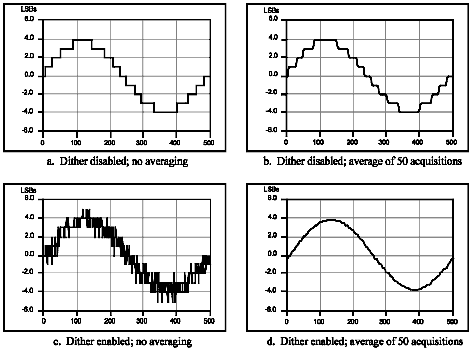Gr8Desire
100+ Head-Fier
- Joined
- Mar 13, 2015
- Posts
- 216
- Likes
- 66
I must say, I am a bit confused.
Many audiophiles love tubes but will never consider a graphical equalizer. Isn't this a fundamental contradiction?
Tubes only do basic two things: change frequency response and add distortion*.
*distortion includes errors in the time dimension. It also includes errors in the frequency dimension (i.e., measured frequency response) but distortion in this direction is generally considered less destructive.
A graphic equalizer does exactly the same thing: it changes frequency response and adds distortion. When applied in the digital data stream, before being processed by a DAC, the amount of distortion created by a graphic equalizer has to be many times lower than with tubes that apply their errors to the analog stage. As a bonus, frequency response can be modified as needed.
If there are pleasing harmonic distortions that you prefer, wouldn't a graphic distortion equalizer (once again applied in the digital data stream) do everything that every tube can do?
A long-time computer geek wants to know...
Many audiophiles love tubes but will never consider a graphical equalizer. Isn't this a fundamental contradiction?
Tubes only do basic two things: change frequency response and add distortion*.
*distortion includes errors in the time dimension. It also includes errors in the frequency dimension (i.e., measured frequency response) but distortion in this direction is generally considered less destructive.
A graphic equalizer does exactly the same thing: it changes frequency response and adds distortion. When applied in the digital data stream, before being processed by a DAC, the amount of distortion created by a graphic equalizer has to be many times lower than with tubes that apply their errors to the analog stage. As a bonus, frequency response can be modified as needed.
If there are pleasing harmonic distortions that you prefer, wouldn't a graphic distortion equalizer (once again applied in the digital data stream) do everything that every tube can do?
A long-time computer geek wants to know...




















